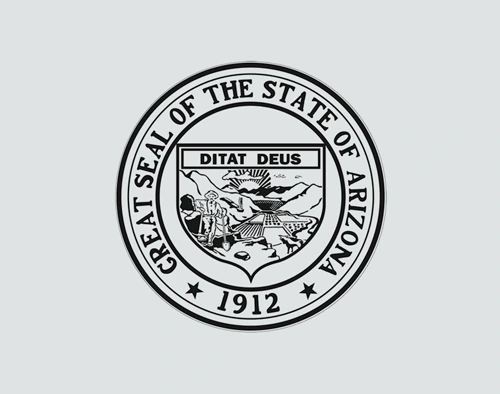
In early 2000, I contributed a Guest View to the Arizona Water Resource providing a rationale for a “comprehensive conversation” on the Groundwater Management Act 20 years after its adoption. My commentary anticipated the formation of the Governor’s Water Management Commission. As the reader may know, the commission was established in June 2000 and completed its work in December 2001. It was an arduous task, with volumes of materials reviewed and analyzed, and countless hours spent at meetings.
The 49-member commission’s Final Report & Recommendations was a succinct document, including approximately 50 recommendations to improve water management in the state’s five Active Management Areas. To implement the recommendations requiring statutory change, two bills were drafted. The large bill was 141 pages long and included many statutory changes. In contrast, the bill introducing, in certain circumstances, a groundwater withdrawal assessment was five pages.
The stiff opposition the bills met early on did not bode well for their passage. Concern about the situation prompted Senator Herb Guenther and Representative Tom O’Halleran, the bills’ primary sponsors, to consult with various members of the commission. On March 6, Guenther and O’Halleran issued a joint press release announcing withdrawal of the bills. Senator Guenther stated, “The time necessary to review the Groundwater Code ... just isn’t there.” Representative O’Halleran added that review of the proposals “will require a lot of time and focus by the members who, frankly, have other, more immediate problems facing them.”
Balancing the state budget has been the main concern of the Legislature and Governor this legislative session. In the wake of the Alternative Fuels debacle, complex bills will require considerable debate. Finally, in this year of redistricting and reelection, legislators are likely to be extra cautious in their votes. The press of various matters did not leave sufficient time to fully debate the bills’ provisions. Expectations are that the recommendations will be reintroduced next year.
Various other factors also worked against the bills. Due to their complexity and the broad review of the drafts by commission members and other interested parties, the bills were introduced late. It may have been a miscalculation to expect the Legislature to “trust” the 49 members of the commission. Their diverse interests led to compromises on many issues, with recommendations adopted as a package. Further, without a water crisis to add a sense of urgency, support was lacking for some of the proposed reforms. Those who did support the recommendations were not sufficiently organized to actively advocate for passage of the bills. Although the commission process may have educated participants, the educational outreach effort was not broad enough, only benefitting a handful of legislators. So, seeking additional time was indeed justified.
We now have some breathing space. Is it reasonable to expect a different outcome next year? What needs to be done differently? Several have argued for the need to go back to basics and educate policy makers – and others – on the groundwater code. Why was it established? How has it been changed? Why are further changes necessary? Some understanding of the commission’s process or water management issues in general would be helpful in answering such questions.
About one-third of legislators were elected, however, for the first time in 2001. That was a quiet, uneventful year for groundwater code amendments, with the water community awaiting the recommendations of the commission. Not many current legislators were participants in the creation of the Central Arizona Groundwater Replenishment District (CAGRD). With many members not well grounded in groundwater issues, it is understandable that legislators want to ask many questions and have time for debate.
In the piece I wrote in early 2000, I noted that we have made great strides in managing groundwater in the AMAs. I stated, “Twenty years later, we should both congratulate ourselves on our successes and ask the question: Can we manage our state’s precious water resources even better?” I provided the following observations on the need for a look at the code: “While many know that water is an essential resource for a rapidly growing desert state, I would suggest few understand just how we are attempting to ensure sufficient water supplies to sustain our current and growing population and economic activities. Therefore, education of the public as to why we regulate our groundwater use as we do and why some changes may be needed is an important reason to engage in a comprehensive conversation.”
Some have suggested we are the victims of our own success. Because we have been successful at managing our groundwater, no crises exist nor loom on the horizon. As a result, there is no strong sense we should do anything differently. And while the commission and its onlookers engaged in a comprehensive conversation, for the most part the general public and public officials did not. Further education, discussion and debate, therefore is needed, especially with legislators and likely participants in future legislative debates.
I look forward to participating in this educational process. I am hopeful that, after some additional conversation, we will introduce some riparian protection to state water policy, a concern that never made it in the code in 1980, as well as improve the CAGRD statutes, just to single out a few important commission recommendations.
I also look forward to other follow-on work to the commission process. Not all recommendations required legislative action. Some recommendations acknowledged the inability of the commission, due to time or other limitations, to address some key matters. The latter include the long-term role of the CAGRD, planning for recovery of stored CAP water, and developing a planning process for addressing the state’s future water needs.

